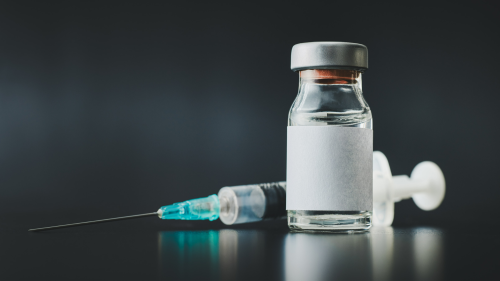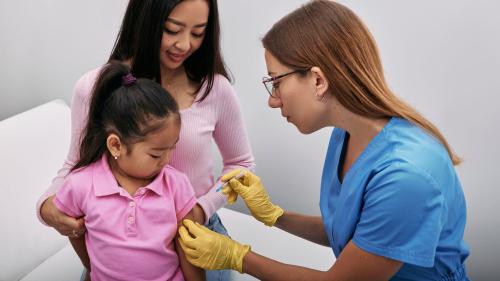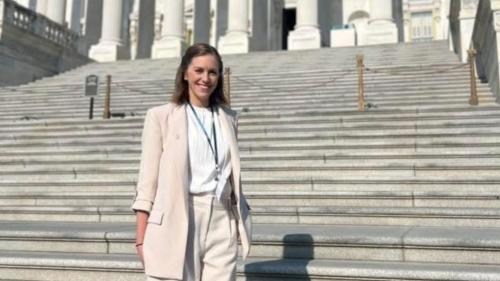
You can help! Urge Congress to pass the Creating Hope Reauthorization Act.
The House and Senate has introduced H.R. 7384 / S. 4583, the Creating Hope Reauthorization Act, to reauthorize the RPD PRV program. Contact your members of Congress by responding to this Action Alert and urge them to support the Creating Hope Reauthorization Act before the program sunsets at the end of September.
How the RPD PRV program works
To obtain a RPD PRV, sponsors have to secure a rare pediatric disease designation from the FDA early in the development of a rare disease treatment. However, the FDA will only award a voucher after evaluating the treatment’s safety and efficacy in clinical trials and approving it.
Without a RPD PRV, companies are less likely to invest in rare pediatric disease treatments because smaller patient populations yield lower profit margins and can make conducting robust clinical trials difficult.
According to the 2024 NORD study, 53 PRVs have been awarded across 39 rare pediatric diseases since the program began in 2012. Thirty-six of the diseases had no FDA-approved treatments before 2012. If Congress does not reauthorize the program, this positive investment trend risks being erased.
Impact on the PI Community
Since 2018, 10% of the 40 RPD PRVs approved by the FDA were awarded to new treatments for children affected by PI. The treatments include:
- Revcovi, an enzyme replacement therapy used to treat patients with adenosine deaminase severe combined immunodeficiency (ADA-SCID).
- Gamifant, a treatment for primary hemophagocytic lymphohistiocytosis (HLH).
- Joenja, a treatment for activated phosphoinositide 3-kinase delta (PI3Kδ) syndrome (APDS).
- Rethymic, processed thymus tissue that is implanted in an infant born without a thymus to treat congenital athymia.
These new therapies have already dramatically improved the lives of some members of the PI community, like Ariana Romero Salazar and her daughter Juliana, who was born with congenital athymia. Rethymic is the only FDA-approved treatment for congenital athymia, and because of it, Juliana, who is almost three, is alive today.
“I mean, to learn that [the makers of Rethymic] were one of the ones that got the voucher was amazing. [Juliana] literally was born a month before the treatment got approved from the FDA. So that timing for us was critical because, you know, she literally was a month old when it was approved. I cannot imagine the heartbreak and the pain that other parents must feel, knowing that there's nothing out there for their children,” said Salazar.
Like many in the PI community, Salazar hopes that Congress will preserve the RPD PRV program so that companies continue to develop new treatments for those affected by a rare pediatric disease.
Topics
Sign up for updates from IDF
Receive news and helpful resources to your cell phone or inbox. You can change or cancel your subscription at any time.












